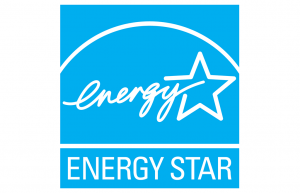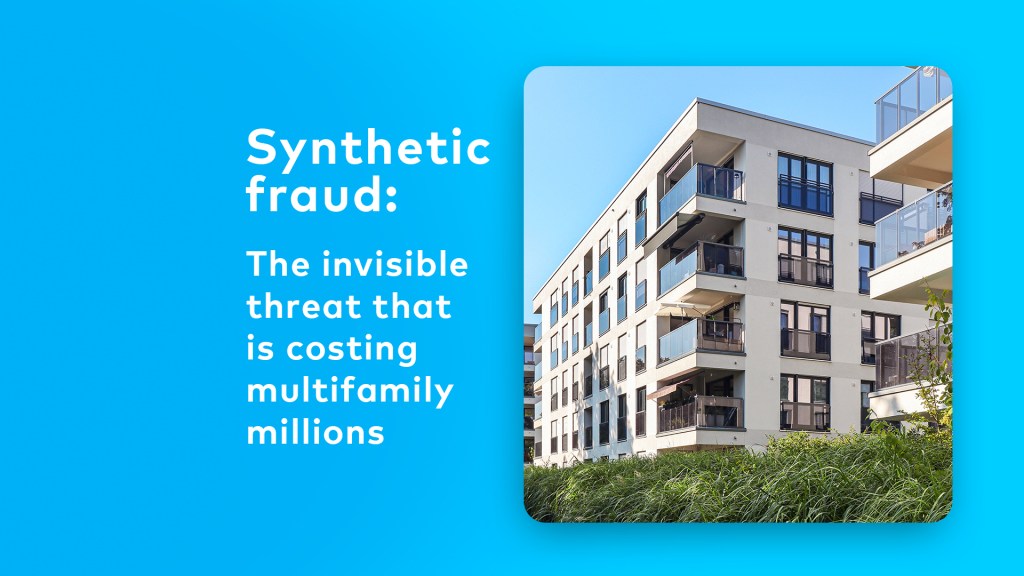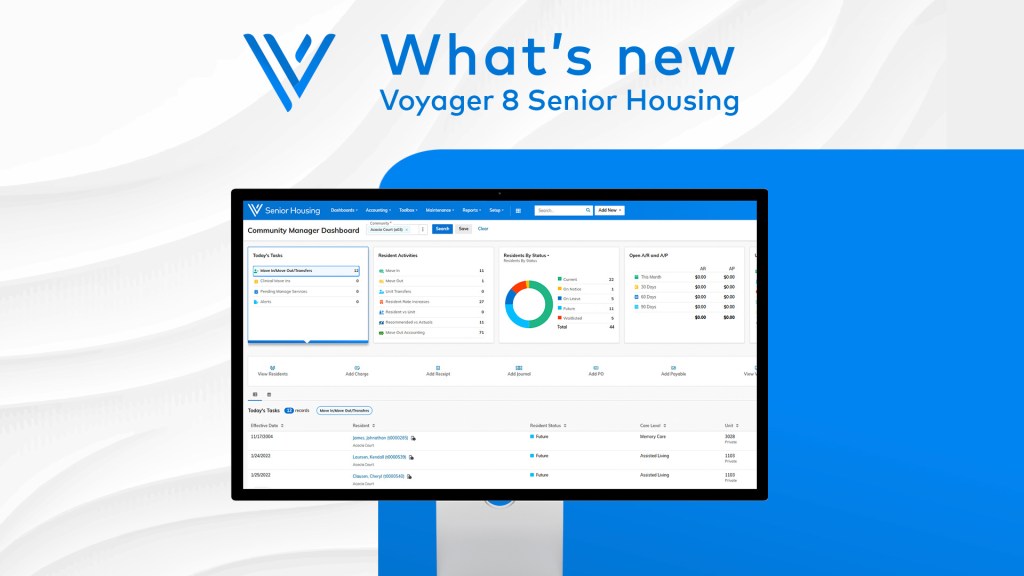By Joel Nelson on August 28, 2018 in Energy
The U.S. Environmental Protection Agency’s ENERGY STAR® score gives building owners a snapshot of their property’s energy performance by comparing it to a database of similar buildings.
Performance metrics in ENERGY STAR Portfolio Manager®, an online tool for tracking energy and water consumption and greenhouse gas emissions, changed on Aug. 26 to reflect the most recent market data available. This update is part of EPA’s standard process to “keep ENERGY STAR metrics as current as possible, and reflective of current market performance,” the agency says. The revised ENERGY STAR criteria incorporate the most recent Commercial Buildings Energy Consumption Survey (CBECS), which constitutes the baseline against which owners compare their buildings to earn certification. In short, the change is an effort to make sure that the “similar building” comparisons for performance are as accurate as possible.
EPA continues, “The most recent market data available shows an overall improvement in the energy performance of the U.S. building stock in recent years. So when Portfolio Manager metrics are updated on August 26, ENERGY STAR scores and other performance metrics will, on average, go down.” The new calculations “will be applied across all time periods, which means scores and metrics for all historical benchmarking data will change. By applying this update across all time periods, you’ll continue to be able to analyze changes that are a result of your own activities, rather than changes in underlying market data.”
“The change is significant for buildings pursuing LEED or Green Globes certification, for buildings with GSA or other government space leases tied to an ENERGY STAR score of 75, for buildings in cities with mandatory benchmarking, and for the more than 450,000 commercial properties that have an ENERGY STAR score,” says Baltimore environmental attorney Stuart Kaplow, publisher of a green building law blog.
A property’s score indicates a building’s performance relative to similar buildings. A score of 5, for example, indicates a building is in the lowest 5% of performance among that category, but also indicates the facility may be ripe for energy-efficiency investments. A score of 75 or higher makes the building eligible for ENERGY STAR certification, whose benefits include lower costs from reduced energy consumption, increased asset value from meeting tenant and investor expectations, fewer greenhouse gas emissions and eligibility for leasing to a federal tenant.
To help ease the transition, EPA:
- Encouraged early applications for 2018 ENERGY STAR certifications, to qualify under the pre-update scores
- Allowed all buildings that earned 2017 ENERGY STAR certifications to apply for 2018 certification using a year ending date of April 30, 2018 or earlier, rather than wait at least 11 months after the “Year Ending” date of the last approved application as is usually required
- Provided toolkits to aid proactive communication with stakeholders about the updates
- Held all prior ENERGY STAR certifications in place
- Hosted a series of webinars to help property owners and managers stay informed and prepare for the metrics updates
- Established an interactive frequently asked questions section on its website
Visit the ENERGY STAR website for more information about the score changes or join our webinar ‘ENERGY STAR Simplified’ on Wed., August 29 at 11:00 a.m. PDT.
Visit Yardi/SmartEnergy to learn how we can help you get your scores and read how SL Green Corp., New York City’s largest office landlord, increased its ENERGY STAR score by 58%.


